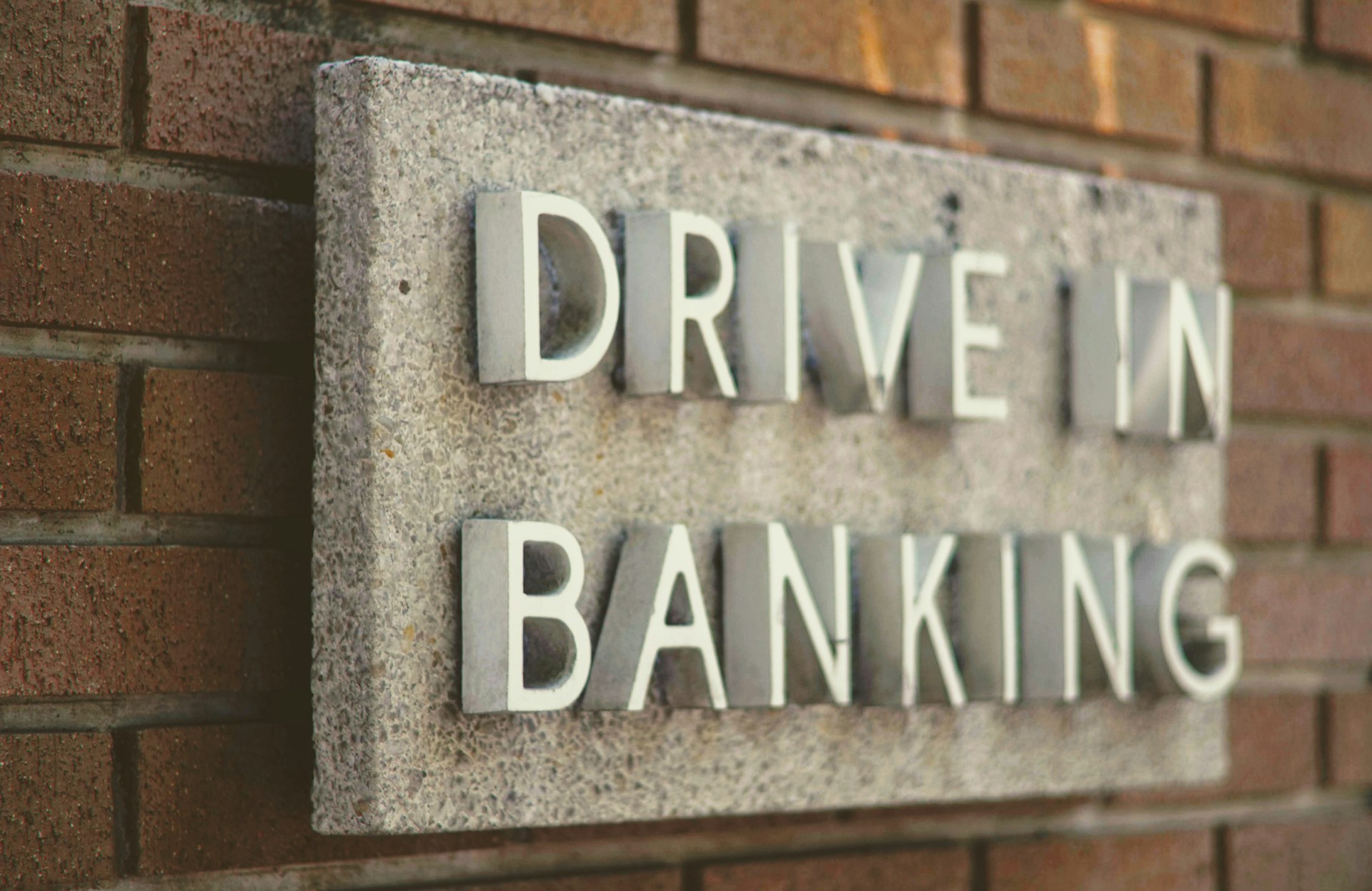A brief guide to calculate your Zakat in Canada.
In This Article
- What is Zakat?
- How to Calculate Your Zakat
- Step 1: Choose Your Threshold (Nisab)
- Step 2: Calculate Your Zakatable Net Worth
- Step 3: Determine Your Zakat Date
- Why Use ZakatView?
- More Resources
- Related Articles
ZakatView is a smart Zakat calculator designed specifically for Canadians.
"If you have 200 silver dirhams and a full year passes, you must give 5 dirhams as zakat. For gold, you don’t have to give anything unless you own at least 20 gold dinars. If you have 20 dinars and a full year passes, you must give half a dinar as zakat. If you have more than that, you calculate zakat based on the same rate. No zakat is due on wealth until a full year has passed." (Abu Dawud)
What is Zakat?
Zakat is often translated as almsgiving or charity, but these terms don't fully capture its true meaning.
Zakat is a trust.
Once your wealth reaches a certain amount and remains so for a full year, a portion of it no longer belongs to you—it belongs to eligible zakat recipients.
Zakat functions more like a bill than a voluntary donation, but it's a bill unlike any other.
For the individual, zakat is a means of purification and blessing (Qur'an 9:103).
For the Ummah, establishing zakat fosters communal solidarity and economic justice.
How to Calculate Your Zakat
Step 1: Choose Your Threshold (Nisab)
Zakat is only required if your Zakatable Net Worth exceeds the nisab, the threshold established by the Prophet (s):
- Gold Nisab: 20 dinars (85 grams of gold)
- Silver Nisab: 200 dirhams (595 grams of silver)
Historically, these two values were equivalent. Today, however, 85 grams of gold is equivalent to about 7500 grams of silver, resulting in significant differences in their modern values:
- Gold Nisab: ~$11,714 CAD (as of March 14, 2025)
- Silver Nisab: ~$887 CAD (as of March 14, 2025)
Many scholars recommend using the silver nisab due to its lower threshold, enabling more people to pay zakat and thereby benefiting those in need.
Others prefer the gold nisab, as it more clearly represents substantial financial stability.
Choose the threshold you find most appropriate.
Step 2: Calculate Your Zakatable Net Worth
Only three categories of wealth are subject to zakat:
- Livestock
- Crops
- Money
For most Muslims today, only the third category applies. These categories represent forms of wealth capable of growth or increase.
Calculate your Zakatable Net Worth by adding your Zakatable Assets and subtracting eligible deductions:
Zakatable Net Worth = (Zakatable Assets) - (Eligible Deductions)If your Zakatable Net Worth exceeds your selected nisab, your zakat due is calculated as:
Zakat Due = 2.5% x (Zakatable Net Worth)Step 3: Determine Your Zakat Date
Zakat should be calculated and paid annually on your established Zakat Date.
Fixed Zakat Date: Your Zakat Date is the Hijri calendar date when you first accumulated wealth above the nisab after reaching puberty. For example, if you first surpassed the nisab on 15 Ramadan 1433 (2012), your annual Zakat Date would be 15 Ramadan.
Yearly fluctuations usually do not reset this date unless your wealth falls below the nisab specifically on your Zakat anniversary date. If that happens, your Zakat Date resets to when your wealth again exceeds the nisab.
Variable Zakat Date: Requires continuous monitoring. Your Zakat Date resets each time your wealth falls below and then exceeds the nisab again within the year. This method is more complex and less common.
Since many Muslims don’t know the exact date when they first exceeded the nisab after puberty, it’s common to choose a fixed, easily remembered date—often during Ramadan—for practical reasons.
Why Use ZakatView?
While numerous online zakat calculators are available, ZakatView specifically addresses the needs of Canadian Muslims by:
- Automatically handling complex calculations.
- Clearly presenting scholarly opinions throughout the calculation process.
- Integrating Canadian-specific investment accounts (e.g., RRSP, TFSA, RESP, FHSA).
More Resources
There are many excellent resources on zakat available online, but this presentation by Dr. Sohail Hanif, CEO of National Zakat Foundation UK, stands out for its succinctness and clarity.
Related Articles
/w=1920,quality=90,fit=scale-down)
Written by Farooq Maseehuddin

Farooq Maseehuddin is the founder of MuslimMoney.co, a Canadian platform dedicated to helping Muslims take control of their personal finances.
He teaches across a range of topics including budgeting, investing, financial planning, Islamic inheritance, money conversations in families, and how to teach kids about money.
Farooq holds a B.Ed. and M.Ed. from the University of Alberta and has spent nearly two decades as a high school teacher and Muslim community organizer.



/w=1920,quality=90,fit=scale-down)
/w=1920,quality=90,fit=scale-down)
/w=1920,quality=90,fit=scale-down)


